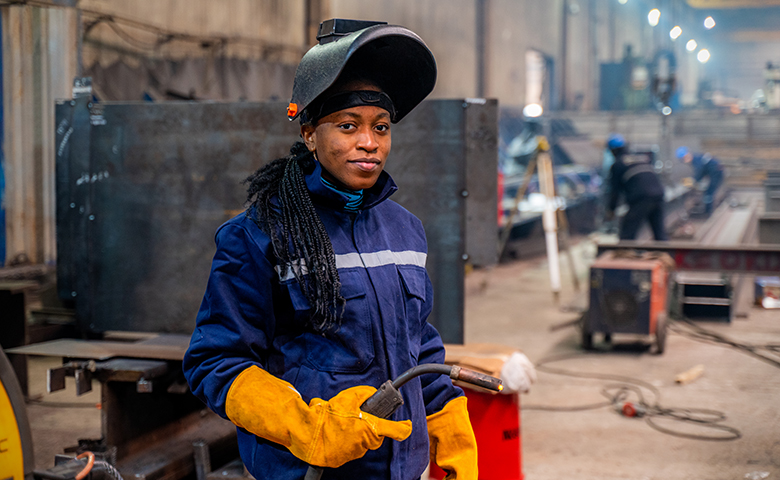Some safety issues are both obvious and well-documented, including notable areas like hazcom, trenching and lockout/tagout, to name only a few. Other safety problems tend to fly under the radar.
One of the most overlooked challenges in the EHS field is when organizations take a one-size-fits-all approach to safety. Yes, OSHA standards and other safety regulations always apply but individual circumstances do need to be taken into account, and safety rules are necessary but not always sufficient for an optimally safe work environment.
Here are three of the major ways that major trouble can come from not accounting for the specific realities of your workplace. From PPE to knowledge retention and human factors, there are plenty of reasons to make sure you’re customizing the fit of your safety program. Not only will it improve safety outcomes, but it can also make a difference in your efforts to engage workers in safety issues and can lead to more sustainable EHS success.
PPE issues
The most well-understood issue with one-size-fits-all safety is about literal fit. PPE is a bedrock safety feature for pretty much any job, and there’s a clear link between using protective equipment and safety outcomes. As one cross-sectional study succinctly puts it, “the use of PPE [is] associated with lower odds of injury.”
People come in a variety of body shapes, and safety-wise, it’s essential that PPE fits comfortably, allows for proper mobility, isn’t loose enough to present a potential danger, and that provides proper coverage. One of the biggest factors that affect PPE use is how well the protective equipment fits, and if workers don’t have access to PPE that meets those criteria then their compliance rate goes down—and their risk of injury increases as a result.
It’s worth noting that women in particular have a hard time accessing PPE that fits them properly. A recent poll notes that 50% of women in the workplace have “regular” trouble finding appropriately fitting PPE, while another third face this challenge “once in a while.”
There is an undeniable relationship between safety outcomes and PPE use, and it’s clear that well-fitting PPE is more likely to be worn. Offering single-size PPE, or providing protective equipment that doesn’t account for body shape, can needlessly put many workers at risk.
Educational styles
It’s a common misconception that people learn in specific ways—that some people are visual learners, others learn better aurally, and still, others retain more information if they learn kinaesthetically. It turns out that this idea of learning styles is a myth, and while individuals may prefer certain modes of learning, there’s no actual difference in how much knowledge is absorbed and retained.
But there is a related concept that is true: people learn best when they’re exposed to multiple types of learning methods. In fact, an article in Occupational Safety and Health magazine says that effective, safety-focused instruction design requires it:
“Safety trainers should teach using a variety of methods and provide as many ways as possible for participants to demonstrate learning. Groups of adult learners usually have a diverse range of learning preferences and abilities. This is especially true for safety training. As a result, trainers will struggle to reach most adult learners unless they use a range of activities in the class to keep the learning fresh, from short presentations and paired discussion to skills practice.”
A great deal of safety training is limited to a single mode of learning. It attempts to fit all the learning, practice, and reinforcement that needs to happen into a single classroom training session. Typically, this looks a lot like a lecture, reading from a handout, or a death-by-PowerPoint presentation. But optimal safety training will incorporate a variety of different types of education and practice.
No longer is it a question of fitting workers into a classroom. Now, safety educators need to fit training into as many different methods of teaching and practice as possible.
Physical and mental states
No two people are alike. Everybody is, well, an individual. One member of a construction crew may show up to work fatigued while the other is well-rested. One worker may have a good recollection of propane safety issues while another has forgotten them entirely. In the middle of a shift, one forklift driver may become distractible while another is able to maintain focus.
While safety regulations are an essential feature of the EHS landscape, the vast majority of them are one-size-fits-all in that they fail to account for the mental and physical states that affect how people act in the workplace. These states, commonly called human factors, can have a huge influence on risk, reaction time, and safety outcomes.

